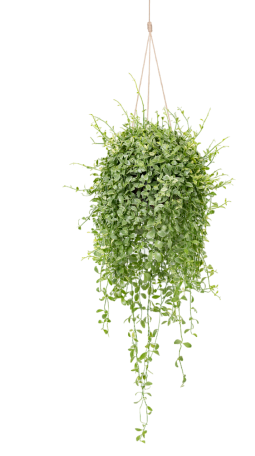Mold is not just toxic to humans; your furry friends suffer from it too.

Mold is not just toxic to humans; your furry friends suffer from it too.
If you or anyone in your household is experiencing sensitivity to mold, it’s best to check in with your pets, too. Since dogs, cats, rabbits and other pets spend a lot of time on the floor and the ground outside, they can be even more prone to inhalation and ingestion of mold than we are. According to a registered vet technician on the natural pet website nhvpethealth.com, typically your dog or cat will show the following symptoms when experiencing mold:
- itching
- redness of the skin
- dry, scaly skin
- hair loss
- chronic ear infections
- head shaking
- chewing/licking skin, especially the paws
It doesn’t stop with their skin, though. Because mold affects their respiratory and digestive systems in similar ways to ours, serious breathing and digestion issues can develop from mold.
Mold is everywhere. Here are some common types of mold your pet may encounter, and where they are found (nhvpethealth.com):
- Aspergillus – found in plants and damp basements
- Spondylocladium – found in plants or in air ducts
- Hormodendrum – found on leaves
- Fusarium – found on plants, often crops
- Penicillium – found on plants or stored items
- Helminthosporium – found in soil, especially in summer
You can actually test your pet's fur to see the relative amount and variety of molds they may be carrying. To do so, you can purchase mold test plates from Immunolytics and follow their advice for testing here.
Since many pets eliminate waste in the backyard, it’s almost impossible to keep mold out of their paws and fur. However, inside is where you can control their surroundings a bit better; the following are some tips from experts!
Try to keep them out of damp basements or garages where mold proliferates.
If your pet’s bedding is made of old carpet or furniture that can’t be effectively washed, discard it and find a new alternative that can be laundered more frequently. When washing, try one of these:
- CitriSafe Remedy Laundry Liquid Detergent can replace your regular detergent to reduce mold and dirt.
- EC3 Laundry Additive is a non-toxic solution you can add to your wash to reduce mold in their bedding.
Try to use a brush on their fur before coming inside, and wipe him/her down with a damp cloth. Weekly baths with a soothing shampoo containing essential oils will help eliminate mold in their fur.
- CitriSafe shampoo is non-toxic to pets and humans and safely eliminates mold in pet fur.
- 4Legger has a variety of gentle shampoos that smell wonderful!






